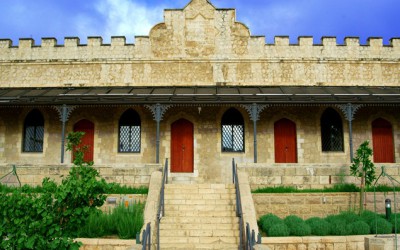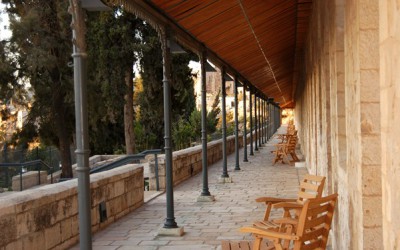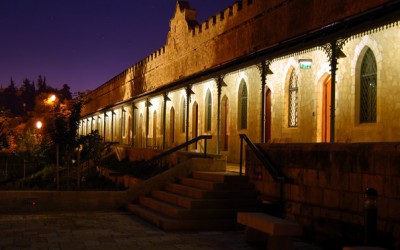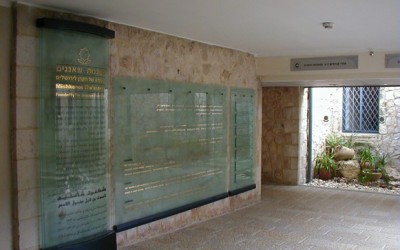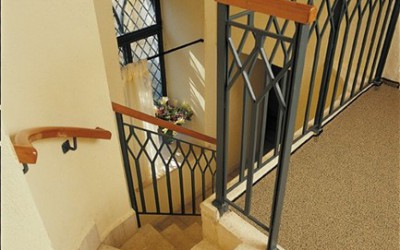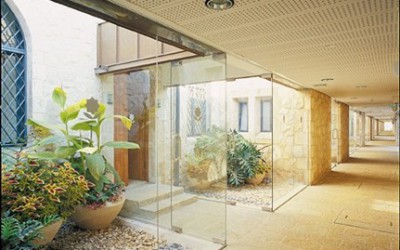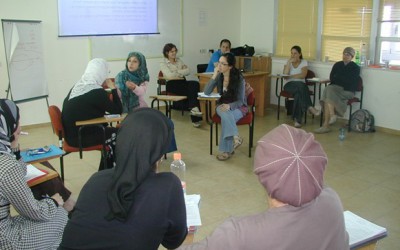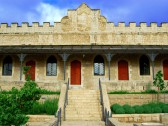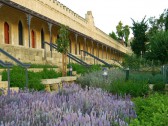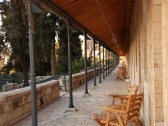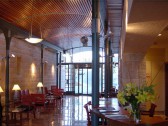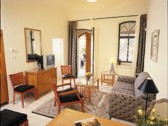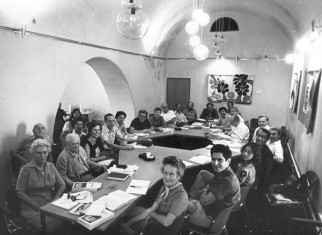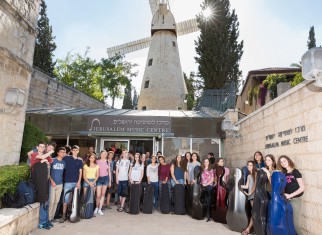About the project
The Jerusalem Foundation established the Mishkenot Sha’ananim Cultural Center & Guest House in 1973 to provide temporary living and working quarters for eminent scholars, writers, musicians and artists visiting Jerusalem. The facility offers a place from which guests, who have included Pablo Casals, Arthur Rubenstein, Simone de Beauvoir, Jean-Paul Sartre, Saul Bellow, Alexander Calder and Marc Chagall, can acquaint themselves with the city, develop their work and involve themselves in interdisciplinary exchanges. The center was created by extensively renovating a residential building that is part of Mishkenot Sha’ananim (Dwellings of Tranquility), an area developed by Sir Moses Montefiore in 1860 as the first neighborhood outside the Old City walls. Mishkenot residents fled the area when it came under sniper fire during the War of Independence (1948). Evacuees from the Old City occupied the building following the war, and the area was redeveloped after the city’s 1967 reunification. In creating the center in 1973, architects Ehud Netzer, Tuvia Ketz, Gavriel Kertesz and Sa’adia Mandel preserved the building’s original facade while adding modern conveniences, an entrance hall, lobby and reception hall. A memorial to Avraham Michael Kirshenbaum, who grew up in and died defending Yemin Moshe in 1948, was erected in front of the facility, which includes the house in which he lived.The Foundation has supported many developments at the center since, including creation of artist studios in a small building below the main guest house in 1975, establishment of an annex in 1977 in Beit Boded (Lonely House), believed to be a small synagogue used by Sir Moses Montefiore (it was later incorporated into the Konrad Adenauer Conference Center), a major renovation and expansion project in 2001 and creation of Ya’el’s Garden in 2003. It has also supported numerous activites, such as the Marie Syrkin Fellowship in Letters, which supports authors staying at the guest house.

